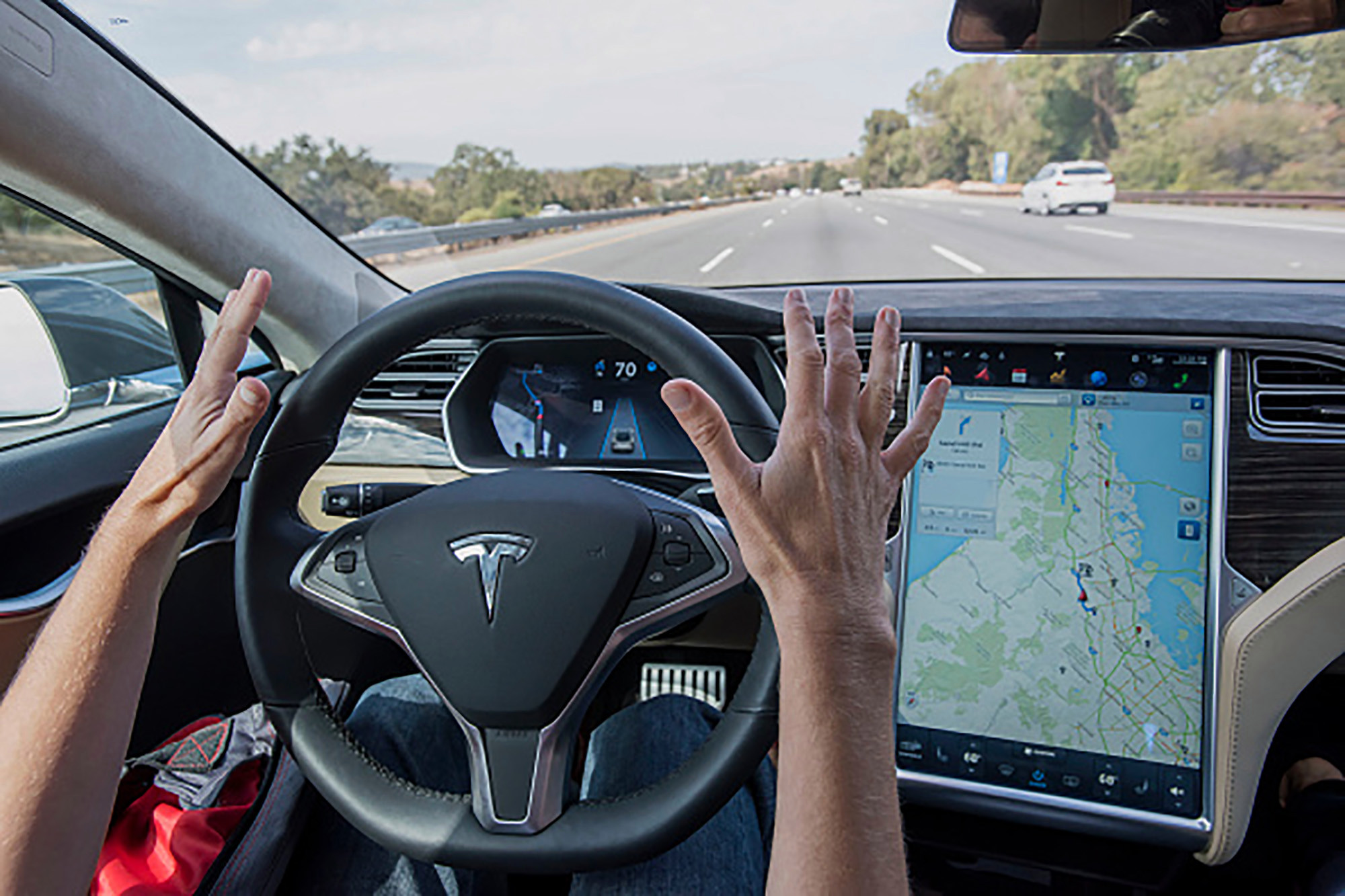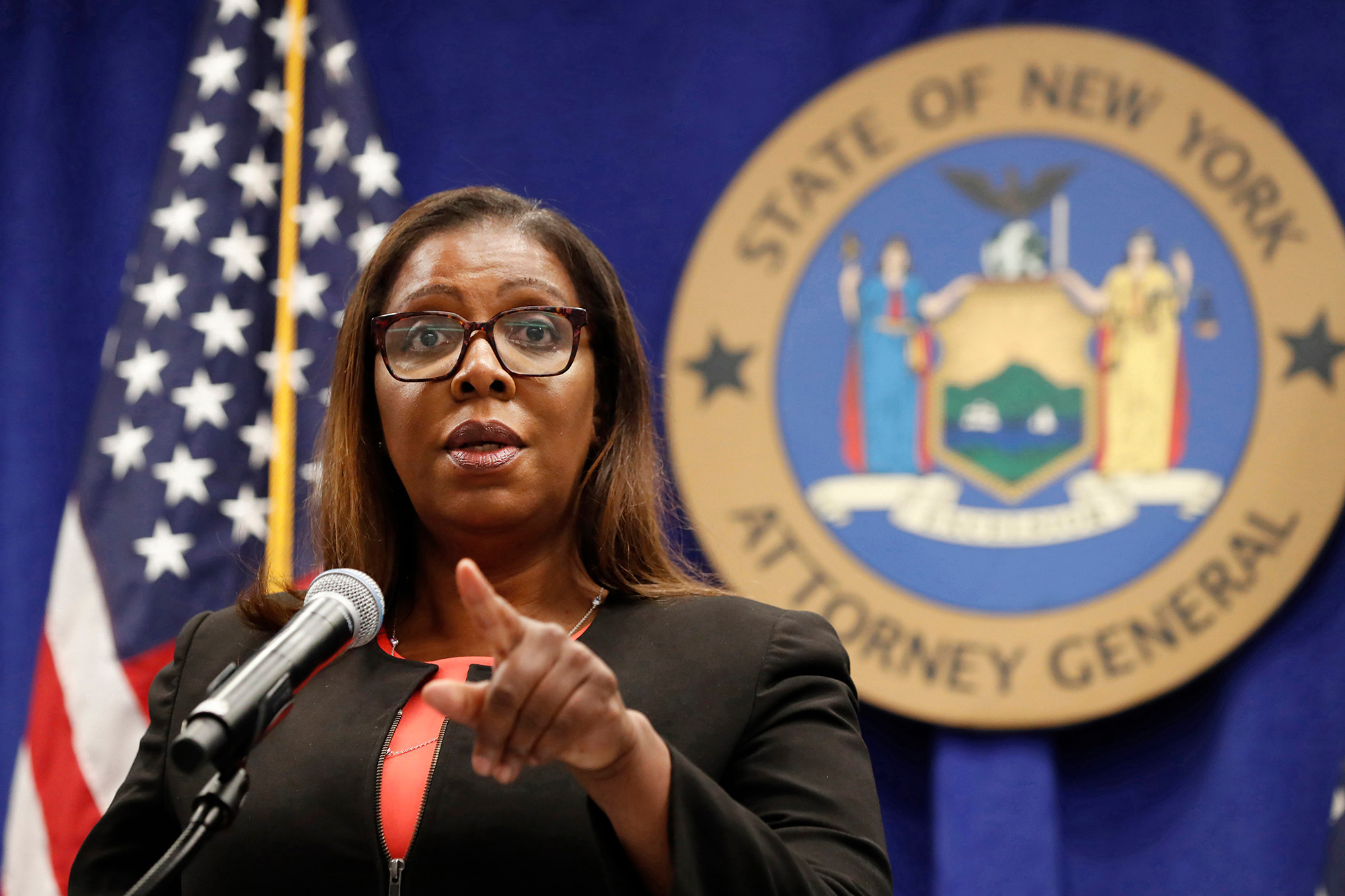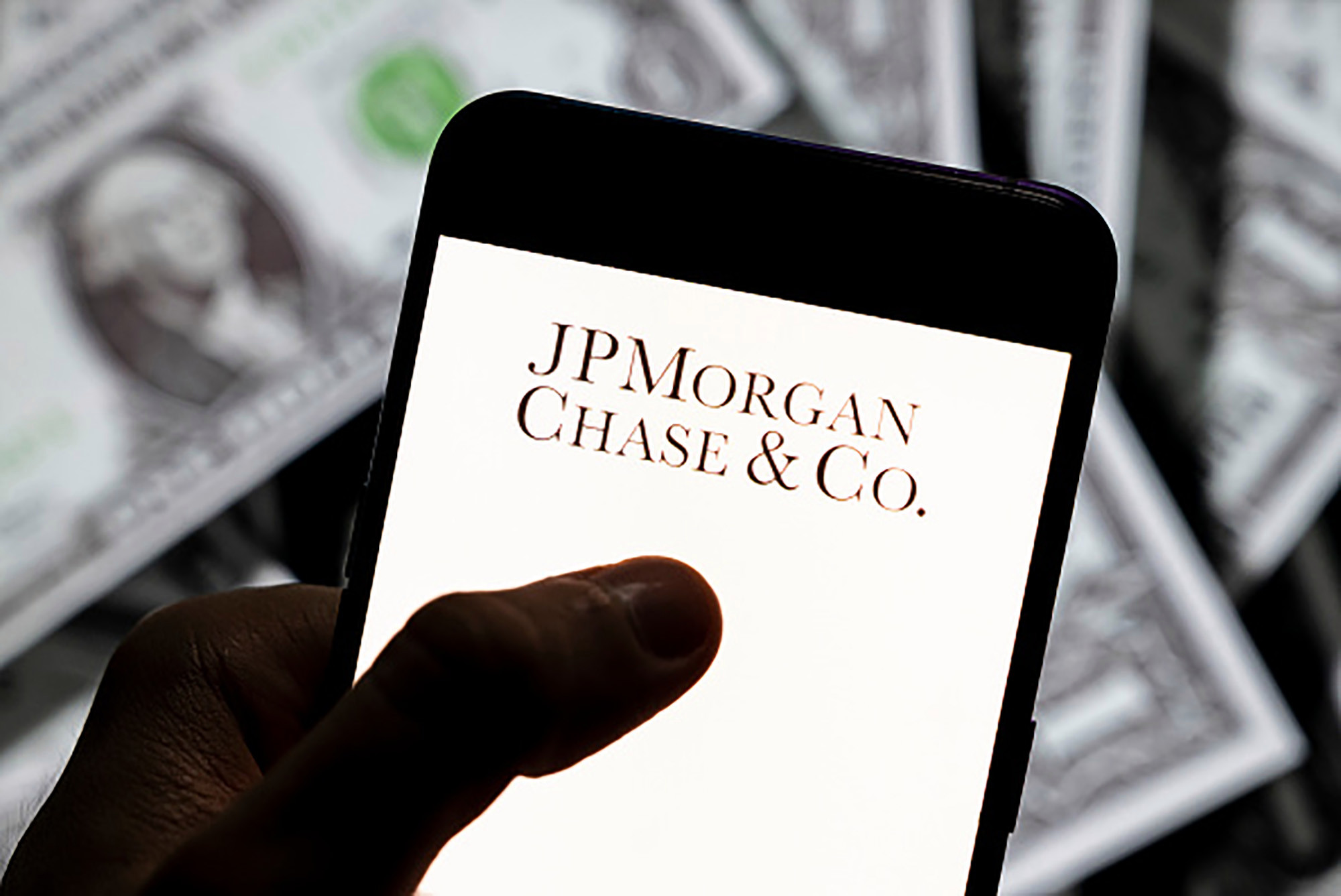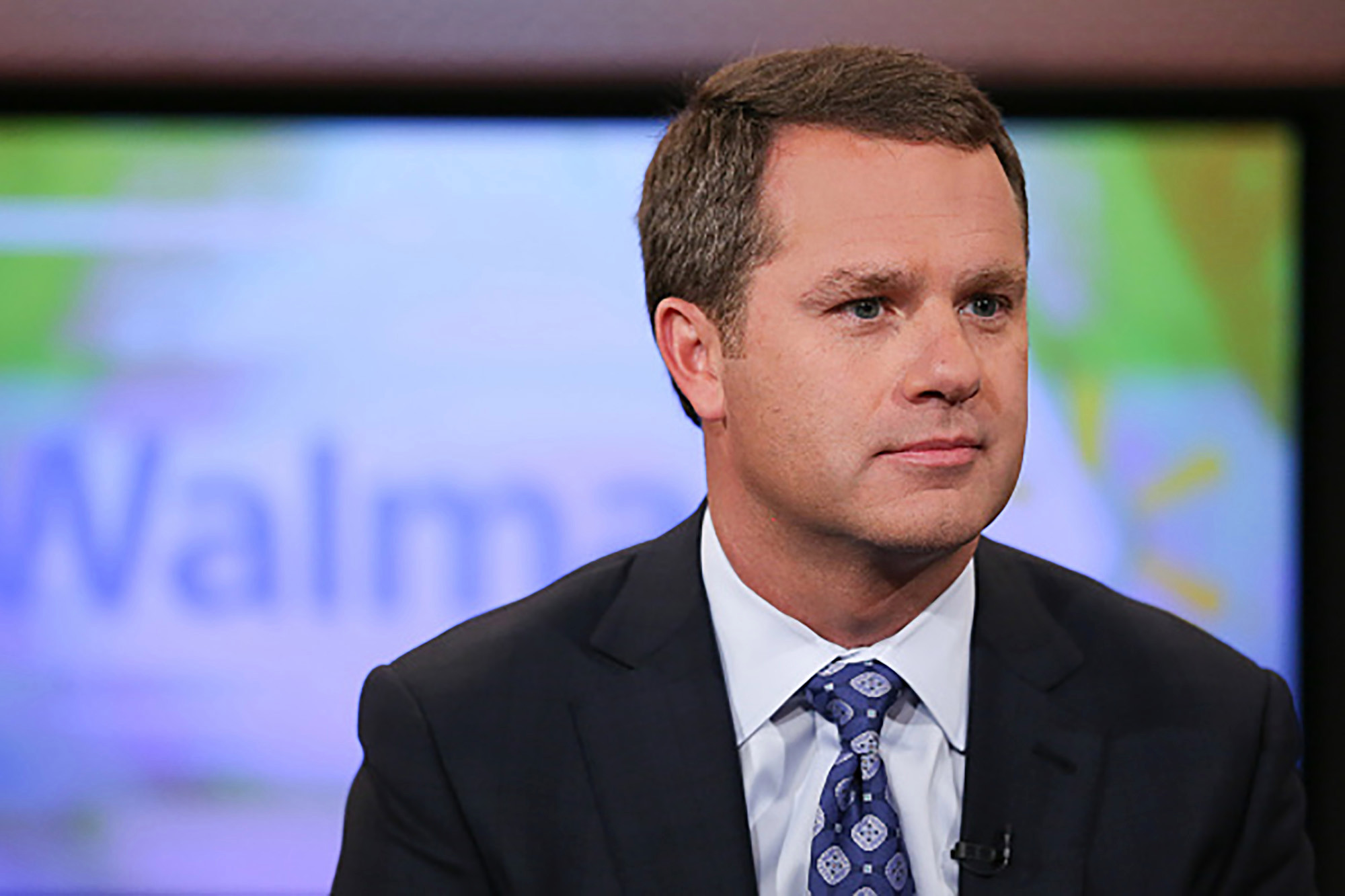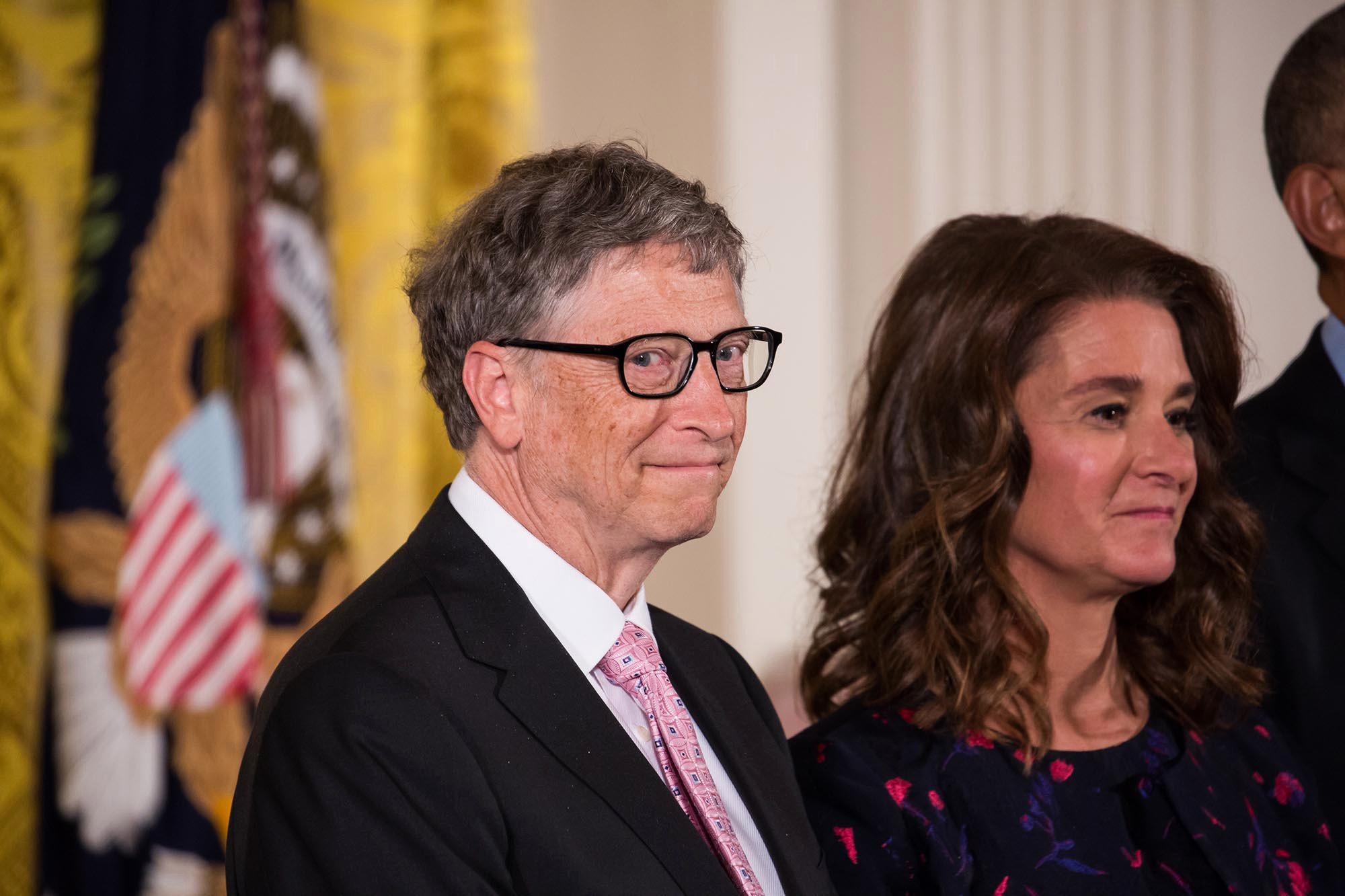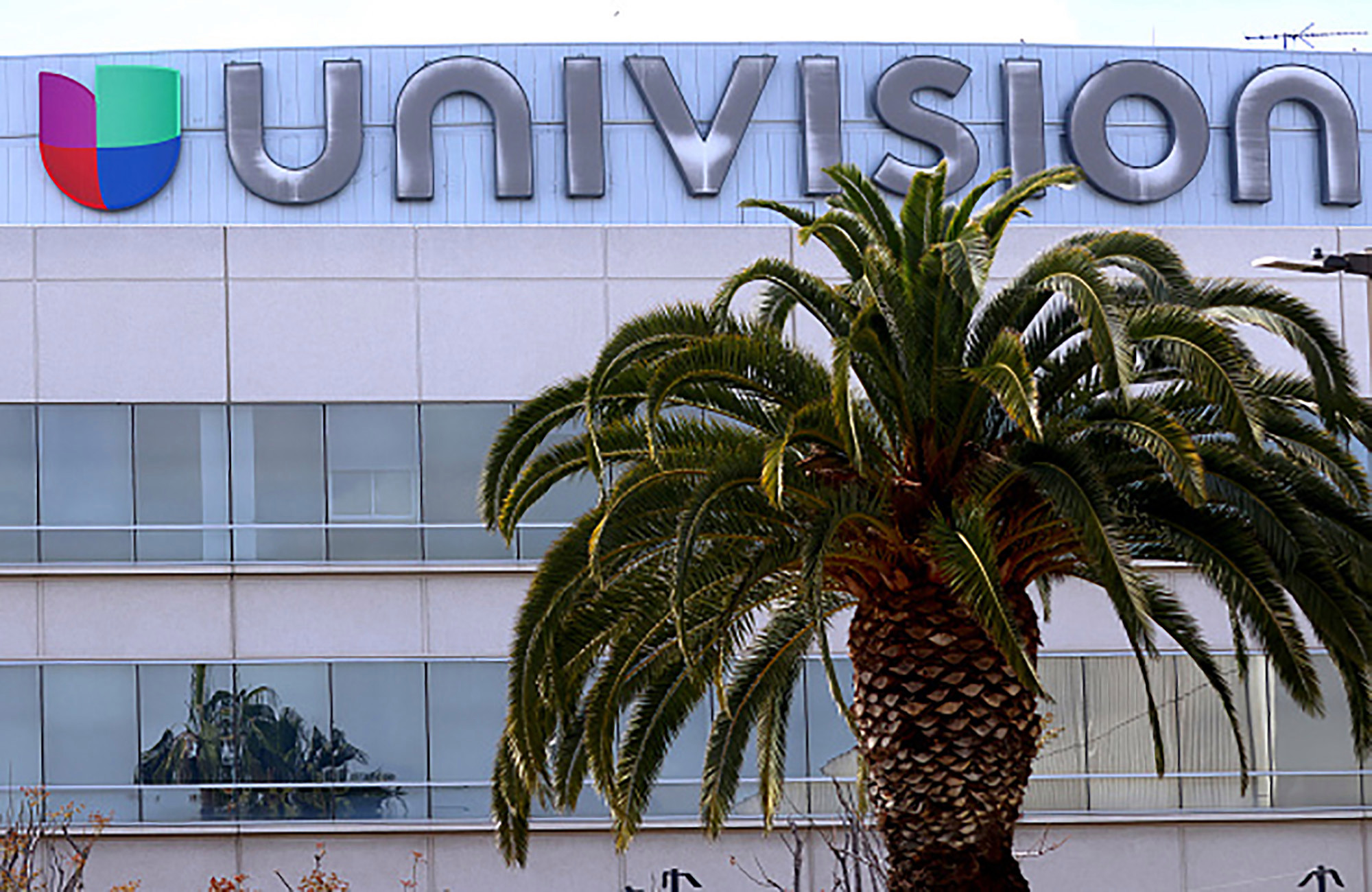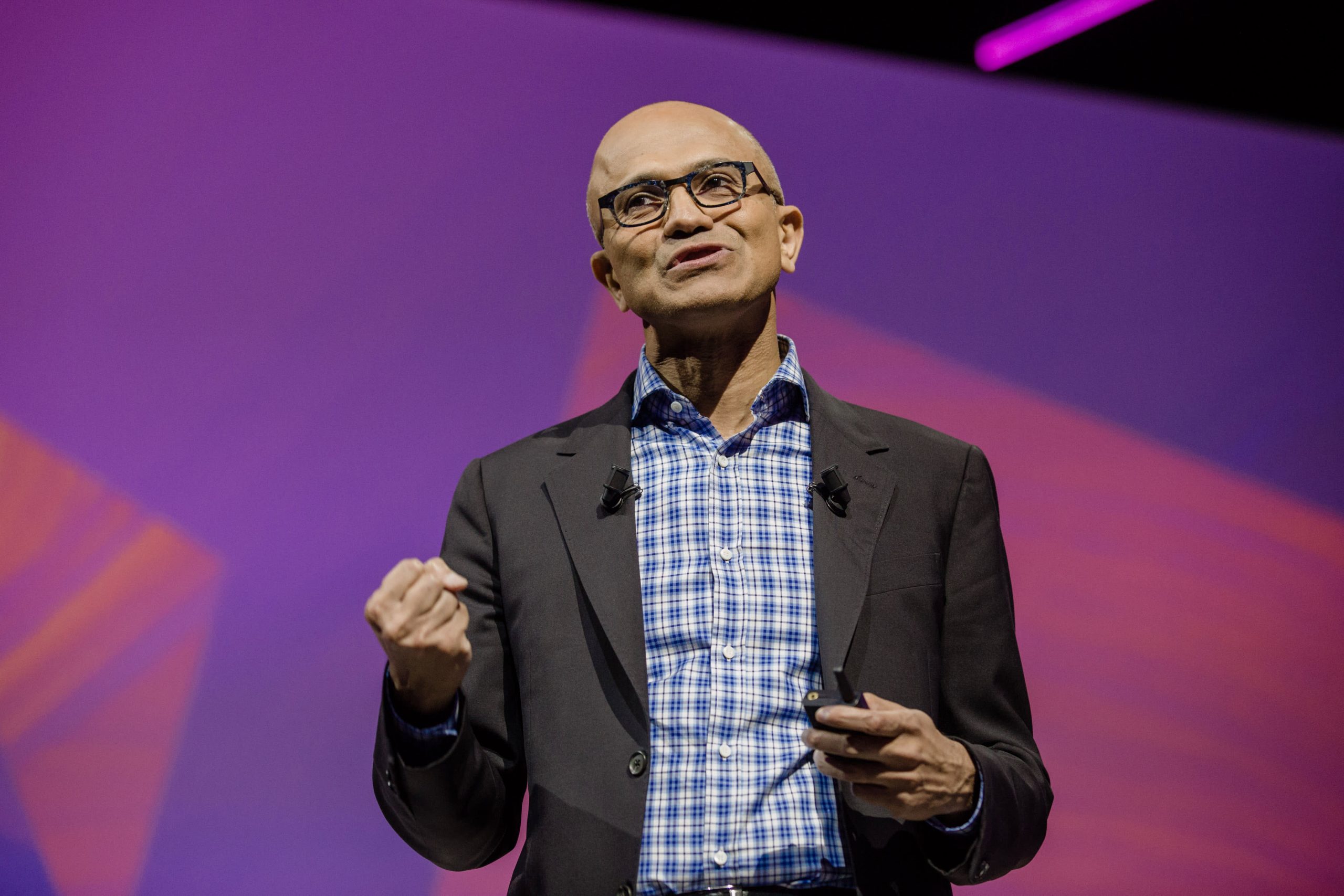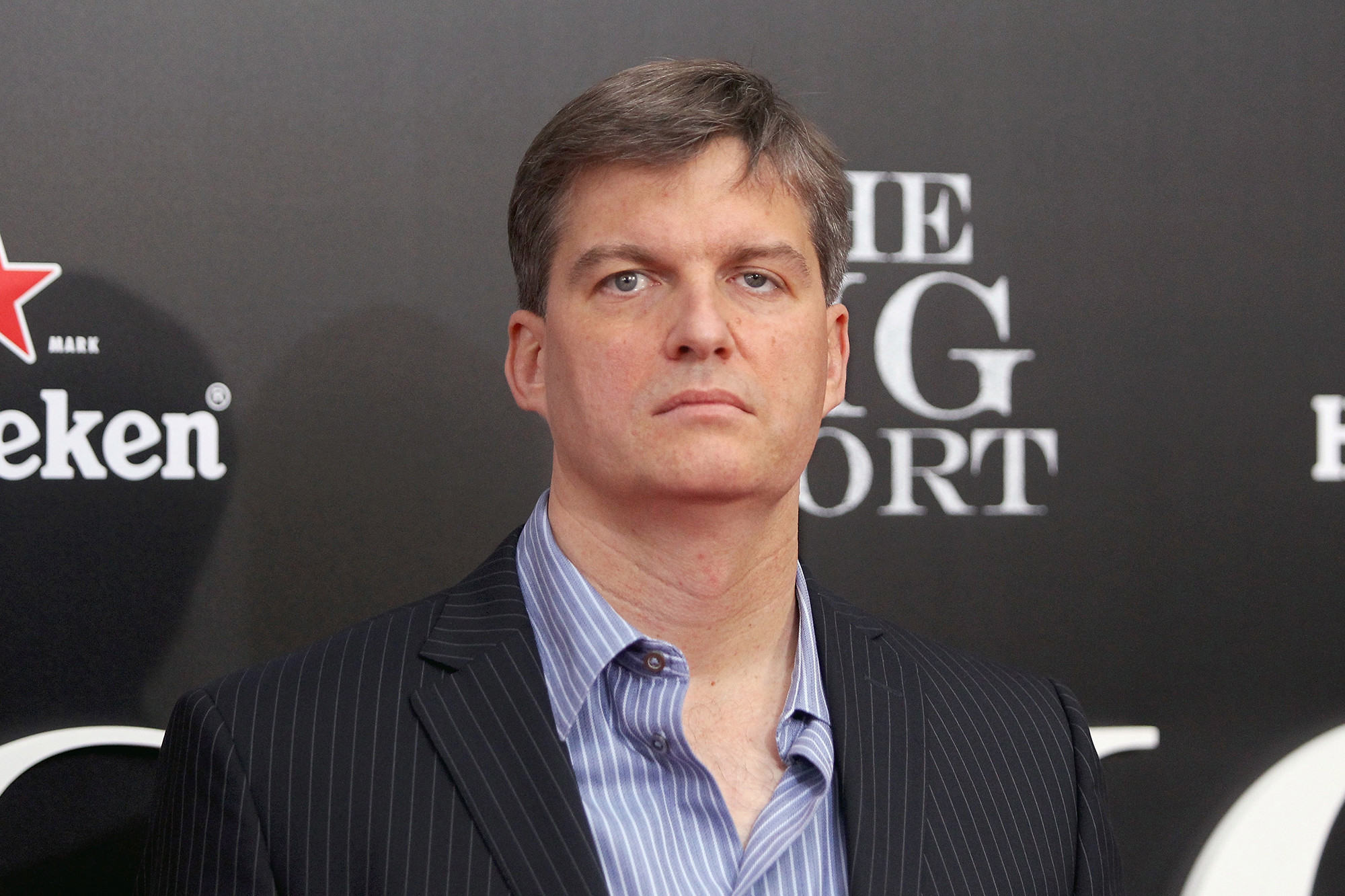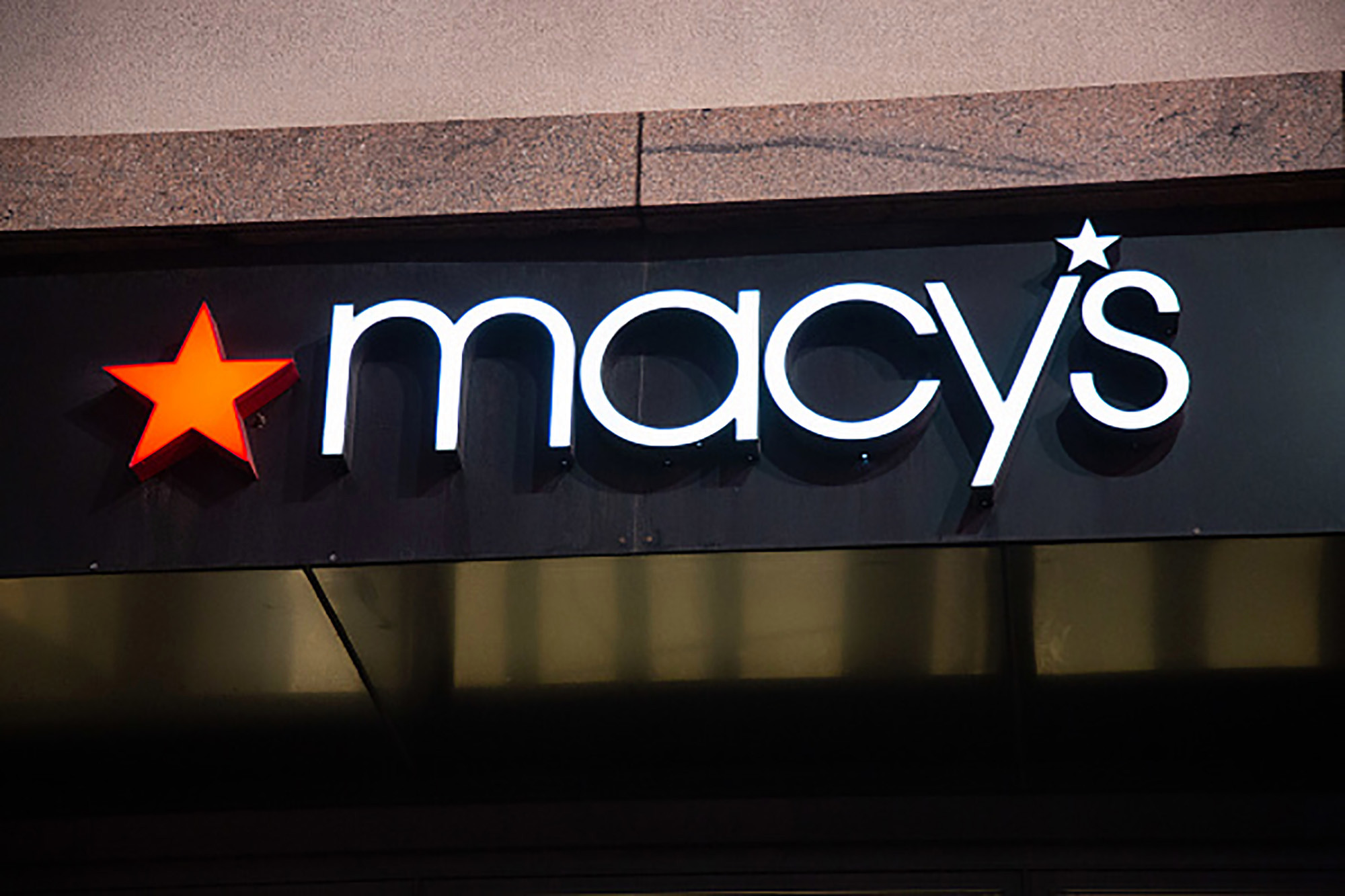Tesla may be misleading consumers by advertising its vehicles as “self-driving,” according to California authorities.
The state’s Department of Motor Vehicles is reviewing whether the Elon Musk-owned electric automaker is violating a law that prohibits advertising vehicles as autonomous unless the vehicle meets strict regulatory criteria.
A DMV spokesperson told The Post on Tuesday that the agency “has the matter under review.”
All Teslas since 2020 have come with “self-driving” computers, but owners must pay an extra $10,000 to unlock the feature, according to Car and Driver. The self-driving feature allows cars to change lanes, exit highways and stop at traffic lights, but drivers are required to remain alert and awake at the wheel.
According to California law, “autonomous technology” must allow vehicles to move without “the active physical control or monitoring by a human operator.” Car manufacturers and salespeople are forbidden from advertising vehicles for sale or lease that do not meet this definition.
If California authorities find that Tesla violated California law, the agency could potentially revoke the company’s permits and licenses, which could lead to Teslas being removed from public roads, according to the DMV spokesperson.
Tesla did not immediately reply to a request for comment on the review, which was first reported by the Los Angeles Times.
This is not the first time Tesla has found itself in hot water over its autonomous driving claims.
In July 2020 a German court banned Tesla from using the phrases “full potential for autonomous driving” and “autopilot inclusive” in advertising in the country.

